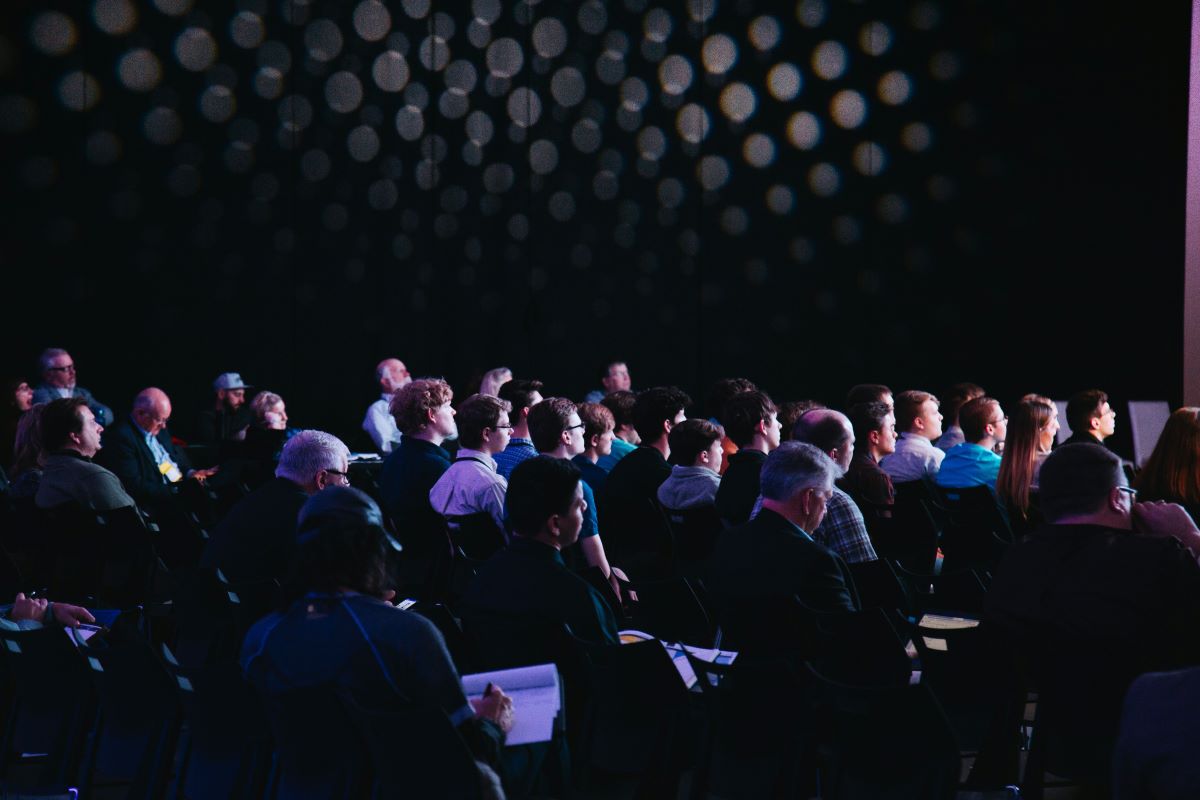More than just a schedule, an event agenda is the backbone of the attendee experience. For business-to-business (B2B) events, where participants balance networking, learning, and deal-making, the agenda plays a crucial role in determining whether attendees remain engaged or lose focus. According to Bizzabo, 70% of attendees say that in-person events are the best source for training and professional content. A well-structured agenda strikes a balance between content delivery and interactivity, ensuring that participants leave with both knowledge and meaningful connections.
This article examines strategies that event planners can employ to design agendas that capture attention, sustain engagement, and deliver measurable value for both attendees and organizers.
1. Start with clear objectives
Every agenda should be anchored in the event’s core purpose. Is the goal to educate participants on new industry trends, facilitate networking, or drive product adoption? Defining objectives upfront helps planners allocate time appropriately between keynote sessions, workshops, and networking activities.
For example, a trade show aiming to foster business partnerships should dedicate more space to structured networking formats, while an educational conference might emphasize breakout sessions and training workshops.
2. Understand attendee profiles
Knowing who will be in the room is essential to crafting relevant content. Segmenting the audience by role (executive, technical specialist, or procurement professional) or industry niche allows planners to tailor sessions to meet the different needs of each group.
Bizzabo has found that personalization boosts ROI and engagement. Planners can create parallel agenda tracks or optional breakouts that allow participants to choose the most relevant sessions, thereby reducing the risk of disengagement.
3. Balance depth and variety
Attention spans vary, and an agenda with only back-to-back lectures can lead to fatigue. Alternating between formats, such as keynote addresses, panel discussions, hands-on workshops, and networking breaks, helps maintain energy.
A helpful rule is to avoid scheduling two high-intensity content sessions consecutively. Instead, follow a data-heavy presentation with a lighter networking activity or an interactive Q&A session. This rhythm sustains engagement without overwhelming participants.
4. Prioritize interactivity
Attendees increasingly value participatory experiences over passive listening. Including live polls, Q&A sessions, or collaborative breakout discussions can engage audiences and encourage them to become active contributors.
Technology platforms such as event apps or polling tools enable real-time feedback, which not only engages attendees but also provides organizers with actionable insights into audience interests.
5. Optimize session length
The traditional one-hour session format is losing relevance. Shorter, more focused sessions of 20–30 minutes can increase retention and align better with how professionals consume information today.
TED-style talks or “lightning round” presentations give speakers a limited time to deliver impactful insights, keeping the pace brisk and reducing cognitive overload.
6. Incorporate breaks strategically
Breaks are not just downtime; they are opportunities for networking and knowledge exchange. A well-crafted agenda allows sufficient time between sessions for informal conversations, visits to exhibitor booths, or wellness activities. Attendees now value agenda designs that provide “breathing room” rather than non-stop programming.
7. Design for networking opportunities
In B2B environments, networking often ranks as highly as content. Structured formats such as speed networking, curated one-on-one meetings, or small group discussions can be built directly into the agenda. These sessions make it easier for participants to meet relevant contacts, rather than relying solely on informal interactions during coffee breaks.
8. Address hybrid and remote needs
For events with hybrid elements, the agenda must work for both in-person and virtual audiences. Online participants are more likely to disengage if sessions are too long or not optimized for digital delivery.
Offering virtual networking lounges, replay options for missed sessions, and dedicated moderators for remote Q&A ensures the agenda is inclusive and effective across formats.
9. Plan for flexibility
Unexpected changes are inevitable: a speaker might cancel, or a technical issue may cause delays. Building flexibility into the agenda allows planners to adapt quickly.
Buffer times, contingency speakers, or backup sessions can ensure disruptions do not derail the overall experience. Communicating changes through event apps or push notifications also helps keep attendees informed without confusion.
10. Conclude with purpose
A strong closing session ensures the event ends on a high note. Whether it is a keynote speaker who ties together key themes, a panel that outlines next steps for the industry, or an informal networking reception, the conclusion should leave attendees with clear takeaways. Providing digital resources, such as downloadable slides or post-event reports, extends the value of the agenda beyond the event itself.
In conclusion
By setting clear objectives, aligning content with attendee profiles, balancing variety, and prioritizing interactivity, planners can design programs that keep participants engaged throughout.
In B2B contexts where time is at a premium, the agenda serves as both a roadmap and a value proposition. A thoughtful structure not only improves attendee satisfaction but also strengthens the event’s overall return on investment.
Author: Veronique Colombani

